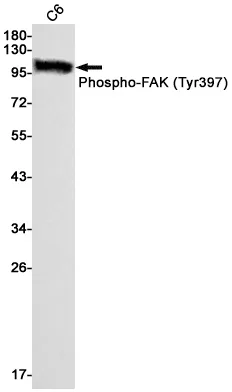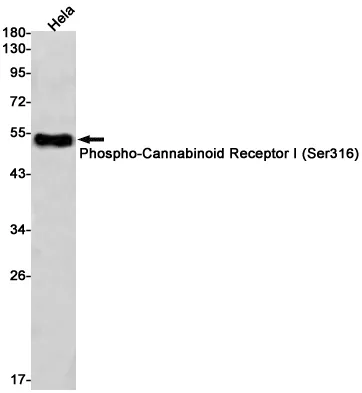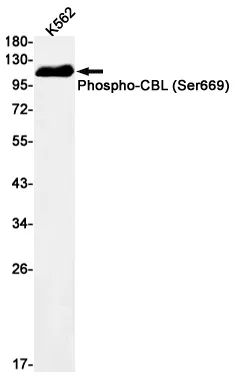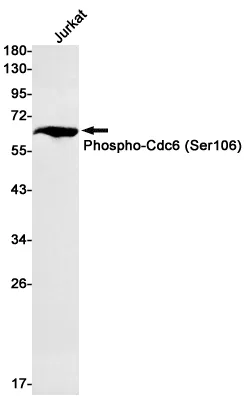Summary
Performance
Immunogen
Application
Background
Induces cartilage and bone formation. May be the osteoinductive factor responsible for the phenomenon of epithelial osteogenesis. Plays a role in calcium regulation and bone homeostasis. Growth factor of the TGF-beta superfamily that plays important role in various biological processes, including embryogenesis, hematopoiesis, neurogenesis and skeletal morphogenesis (PubMed:31208997). Initiates the canonical BMP signaling cascade by associating with type I receptor ACVR1 and type II receptor ACVR2A (PubMed:9748228, PubMed:12667445). Once all three components are bound together in a complex at the cell surface, ACVR2A phosphorylates and activates ACVR1. In turn, ACVR1 propagates signal by phosphorylating SMAD1/5/8 that travel to the nucleus and act as activators and repressors of transcription of target genes (PubMed:12478285). For specific functions such as growth cone collapse in developing spinal neurons and chemotaxis of monocytes, uses also BMPR2 as type II receptor (PubMed:31208997). Can also signal through non-canonical pathways such as P38 MAP kinase signaling cascade that promotes brown adipocyte differentiation through activation of target genes, including members of the SOX family of transcription factors (PubMed:27923061).




